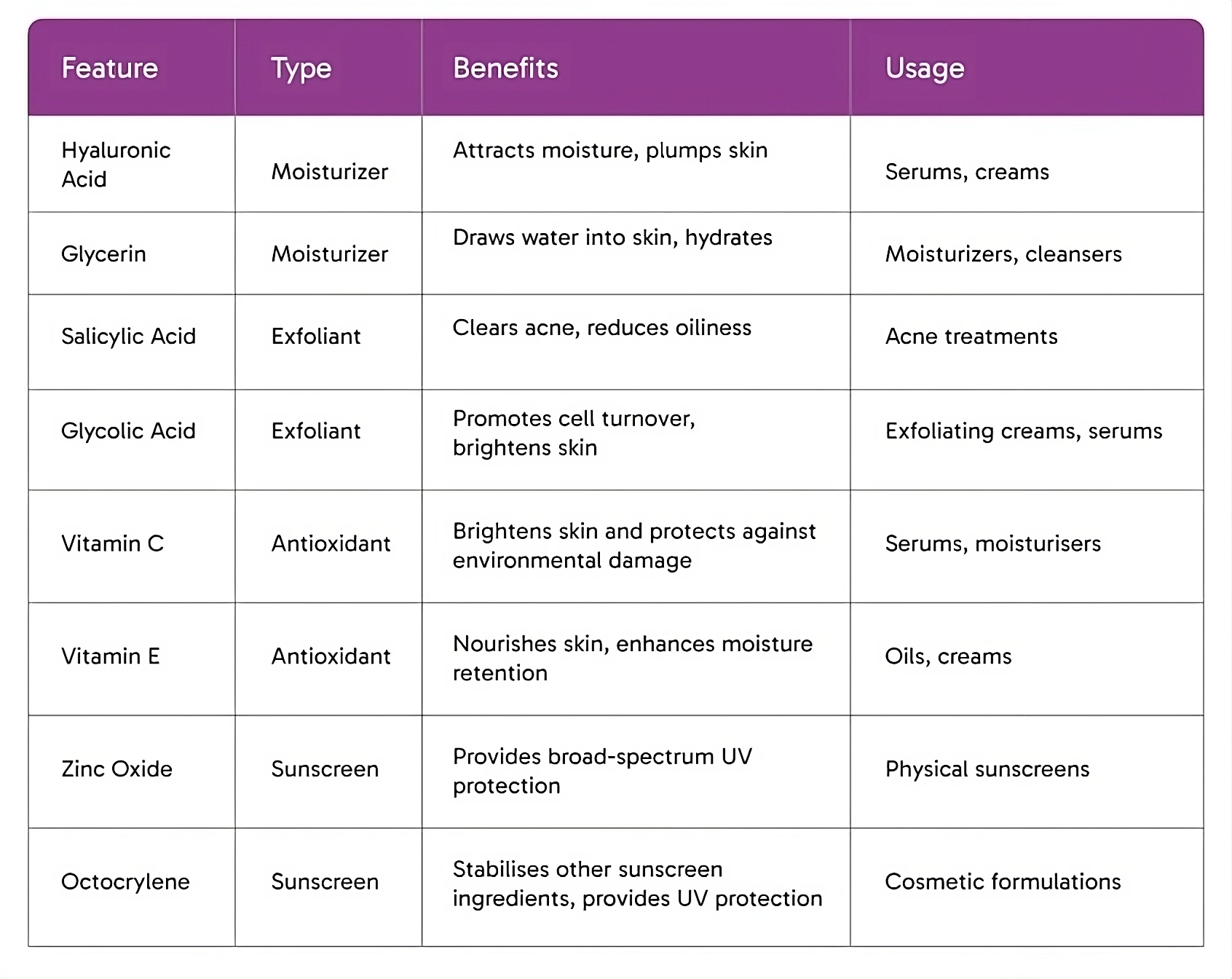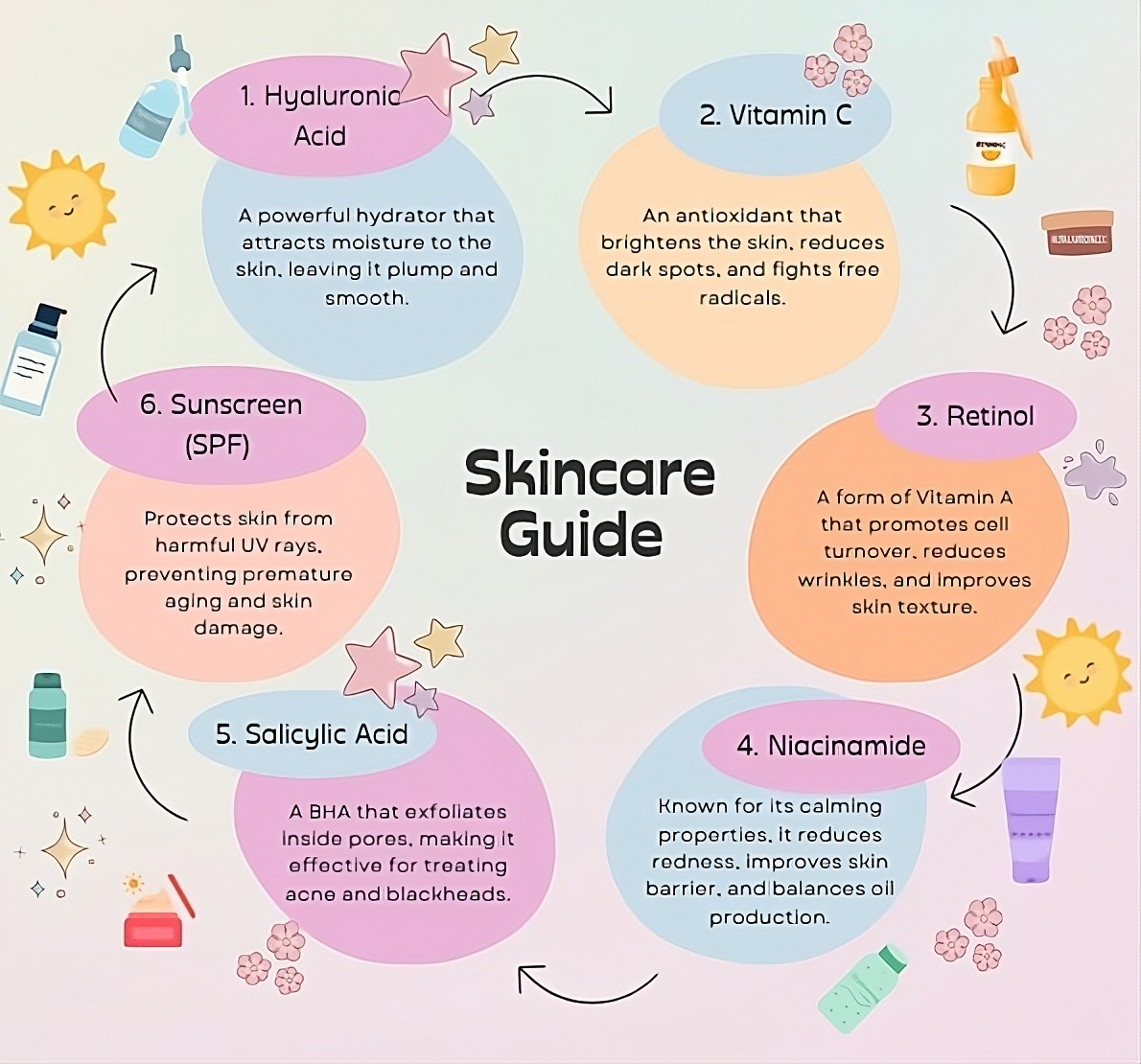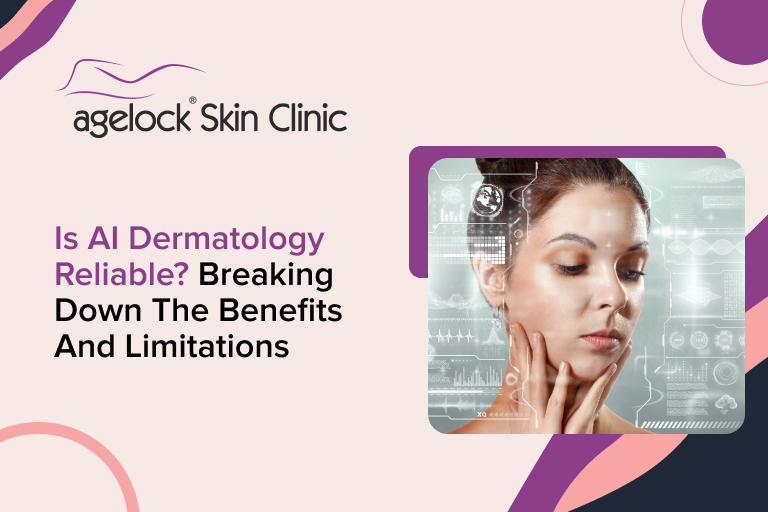In the ever-evolving world of skincare, understanding the ingredients listed on product labels is crucial for making informed choices. With an overwhelming number of products available, knowing what each ingredient does can significantly enhance your skincare routine and overall skin health. This guide will break down key skincare ingredients, their benefits, and how to interpret labels, helping you navigate your skincare journey effectively.
Why Are Skin Care Ingredients Important?
Understanding skincare ingredients is essential because they determine a product’s efficacy and safety. Ingredients can impact everything from hydration levels to skin texture and overall health. By knowing what each ingredient does, consumers can make better purchasing decisions, resulting in healthier skin and increased trust in brands.
Key Ingredients to Know
Here are some key skincare ingredients, their benefits, and typical uses:
Recent Research and Expert Insights
To deepen your understanding, recent studies highlight the effectiveness of Hyaluronic Acid in retaining skin moisture. Some research shows a 50% increase in hydration levels when used regularly. Dermatologists recommend pairing it with Glycerin for optimal hydration.
For exfoliants, a study published in the Journal of Dermatological Treatment notes that Salicylic Acid is particularly effective for oily skin types. At the same time, Glycolic Acid is favoured for its ability to improve skin texture and radiance. Always consider your skin type when choosing between these ingredients.
Understanding Labels
Understanding skincare labels is essential for selecting the right products. Here are some key tips:
- Ingredient Order: Ingredients are listed in descending order by concentration. The initial ingredients constitute the bulk of the product.
- Active vs. Inactive Ingredients: Active ingredients provide specific benefits (e.g., exfoliation, hydration), while inactive ingredients typically serve as fillers or preservatives.
- Look for Certifications: Ingredients marked as “non-comedogenic,” “hypoallergenic,” or “dermatologist-tested” can indicate a product’s safety for sensitive or acne-prone skin.
Comparative Analysis
When choosing between Salicylic Acid and Glycolic Acid, it’s important to note:
- Salicylic Acid (BHA) penetrates pores and is excellent for treating acne.
- Glycolic Acid (AHA) exfoliates the surface of the skin, making it better for addressing uneven skin tone.
Common Questions About Skincare Ingredients
-
What Does “Non-Comedogenic” Mean?
Answer: Non-comedogenic products are formulated to avoid clogging pores, making them suitable for acne-prone skin. If you struggle with breakouts, look for this label when choosing moisturisers and makeup.
-
Are Natural Ingredients Always Better?
Answer: Not necessarily. While natural ingredients can be beneficial, they can also cause allergic reactions or irritation in some people. It’s important to consider individual skin types and concerns rather than assuming nature is always better.
-
What Is the Difference Between a Cleanser and a Face Wash?
Answer: While both are used to cleanse the skin, a cleanser is often more hydrating and gentle, formulated to remove dirt, oil, and makeup without stripping the skin’s natural moisture. A face wash, on the other hand, is more focused on deep cleaning and is typically used for oily or acne-prone skin. Choose based on your skin type and needs.
-
What Is the Best Skincare Routine for Sensitive Skin?
Answer: For sensitive skin, a simple routine with gentle, soothing ingredients is key. Start with a hydrating cleanser (avoid exfoliating cleansers), followed by a calming moisturiser with ingredients like Ceramides or Niacinamide. Always finish with sunscreen to protect your skin from UV irritation. Avoid products with strong acids, fragrances, or alcohol.
-
What Are “Clean Beauty” Products?
Answer: “Clean beauty” refers to products made without certain chemicals or ingredients considered harmful, like parabens, sulphates, or phthalates. While clean beauty emphasises non-toxic, eco-friendly formulations, it’s important to remember that “clean” can vary based on brand definitions, so always check the ingredients list.
-
What Does “Hypoallergenic” Mean in Skincare Products?
Answer: “Hypoallergenic” means the product is formulated to minimise the risk of allergic reactions. However, no product can be guaranteed to be entirely allergy-free for everyone. It’s important to conduct a patch test on new products, particularly if your skin is sensitive.
Skincare Cycle
The Skincare Cycle is a comprehensive routine that ensures your skin receives all the care it needs to stay healthy and radiant. Starting with hydration, ingredients like Hyaluronic Acid attract moisture, keeping the skin plump and smooth. Vitamin C brightens the complexion and fights free radicals, while Retinol accelerates cell turnover, reducing fine lines and improving texture. Niacinamide calms irritation, strengthens the skin barrier, and helps balance oil production, while Salicylic Acid gently exfoliates and unclogs pores. Lastly, Sunscreen protects the skin from harmful UV rays, preventing premature ageing and damage.
This balanced cycle is vital because it addresses key skincare needs:
- Hydration (Hyaluronic Acid)
- Brightening (Vitamin C)
- Anti-aging (Retinol)
- Calming (Niacinamide)
- Exfoliation (Salicylic Acid)
- Protection (Sunscreen)
Ensuring your skin remains youthful, healthy, and resilient against environmental stressors.
Conclusion
Understanding skincare ingredients is a vital part of creating an effective skincare routine. By familiarising yourself with what each ingredient does, you empower yourself to make informed choices that benefit your skin. Whether you’re looking to hydrate, exfoliate, or protect, knowing the right ingredients can lead to healthier, happier skin.
What ingredients are you curious about? Share your questions in the comments below, and let’s explore the world of skincare together!










